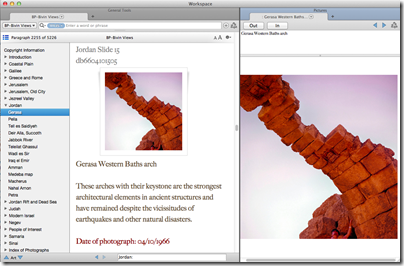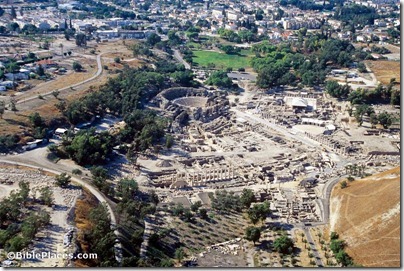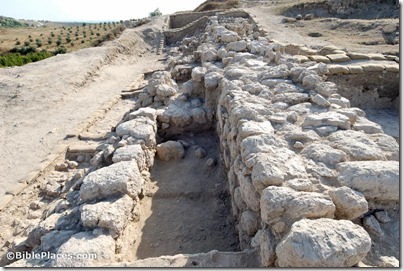The Times of Israel takes its readers into the new Herod exhibit at the Israel Museum one week ahead of its opening. The article includes many photos, but may be slow loading.
Wayne Stiles has put together some great visual resources of Caesarea, including photos, video, map, and Google Street View.
City Lights over the Middle East – NASA has posted a short video taken from the International Space Station.
Air pollution has been a problem since the days of ancient Rome.
The Oriental Institute has launched its Integrated Database. Phase II will include images.
Metro publishes the “Top 10 archaeological finds of all time.”
Yosef Garfinkel will be lecturing on “Sanctuaries and Cult at Khirbet Qeiyafa” at the Southern
Adventist University’s Lynn H. Wood Archaeological Museum Lecture Series.
Keith Schoville is retiring from The Book & The Spade radio program.
I am excited to announce that our photo collection Views That Have Vanished is now available as a
module for Accordance. The collection now has all the bells and whistles you would expect from Accordance.
HT: Daniel Wright, Aren Maeir, Charles Savelle, Jack Sasson





